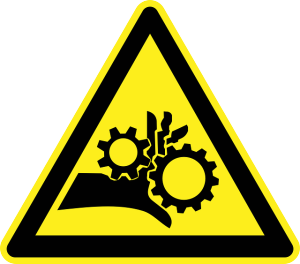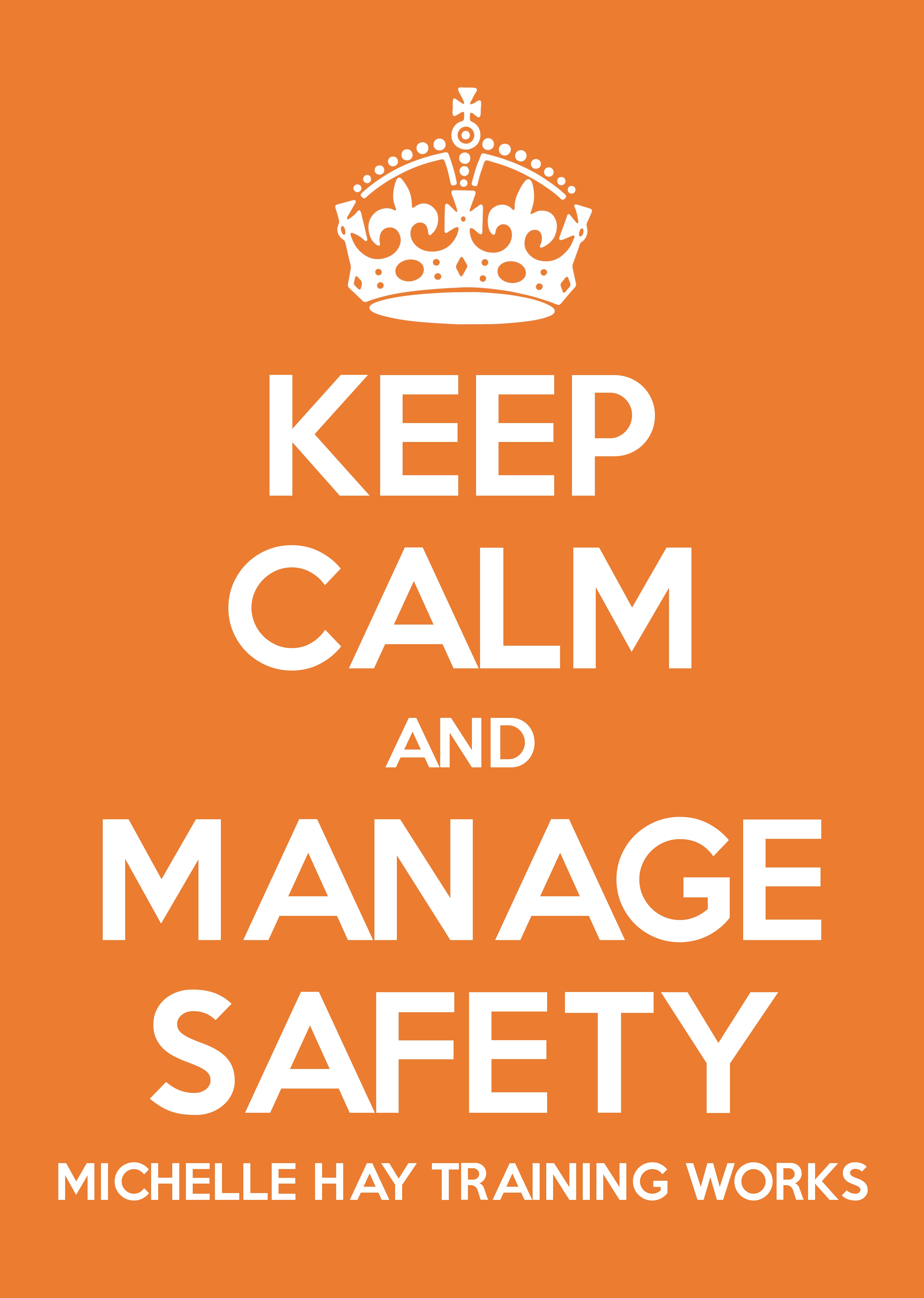Accidents don’t happen, they’re caused
 In the news this year we have already heard about some horrific deaths and injuries to people whilst at work. All of which could have been avoided if risk management had included health and safety. At the age of 14, my boss told me that ‘accidents don’t happen, they’re caused’, and this has been proved to be true time and time again.
In the news this year we have already heard about some horrific deaths and injuries to people whilst at work. All of which could have been avoided if risk management had included health and safety. At the age of 14, my boss told me that ‘accidents don’t happen, they’re caused’, and this has been proved to be true time and time again.
Certainly, in the case of the 60-year-old machinist whose overalls got tangled in a spindle moulder, meaning that he was drawn into an unguarded machine. As well as breaking two bones in his neck, the incident left him with a fractured right shoulder and a split ear which required stitches and plastic surgery. He was in hospital for eight days and off work for ten months.
A Health and Safety Executive investigation found the interlocks on the machine had been altered and left totally ineffective. Following the court hearing the HSE said,
This was an horrific incident that left a man with multiple serious injuries. It was also an incident that could and should have been prevented. It is a basic premise of health and safety that workers should not be able to come into contact with dangerous moving parts of machinery. By failing to ensure that the interlocks were maintained, workers were put at risk, and one could have very nearly paid with his life.
It is a falsehood for employers to ignore their legal duties under the Health and Safety at Work Act, and yet, many do just that. Ignore it. Even near misses are ignored. Until something bad happens. The total of the top ten fines handed out in 2020 was £9,000,000.
Who is affected by accidents in the workplace and how? The true cost.
The Employee
When an employee is seriously injured at work, depending on the nature of the injury, they may not be able to return to work at all. They will have much time to reflect, become depressed, cynical, angry and even worse, because they can never again live the life that they were living before the accident. It is likely that they will be dependent in some way on family, friends or even professional care for a long time if not for the rest of their lives. Meanwhile, back in the workplace, the colleagues are still covering for the injured person, sharing the workload between them. They are nervous that they too may have an accident or that they will have to continue to cover the extra work and getting more stressed by the extra pressure and workload put upon them. They become tired, clumsy and careless and guess what? Another accident happens.
to return to work at all. They will have much time to reflect, become depressed, cynical, angry and even worse, because they can never again live the life that they were living before the accident. It is likely that they will be dependent in some way on family, friends or even professional care for a long time if not for the rest of their lives. Meanwhile, back in the workplace, the colleagues are still covering for the injured person, sharing the workload between them. They are nervous that they too may have an accident or that they will have to continue to cover the extra work and getting more stressed by the extra pressure and workload put upon them. They become tired, clumsy and careless and guess what? Another accident happens.
The Employer- The Company
From the time of the incident, the company life also changes. If the incident is reportable under RIDDOR (if you’re not sure, click on the link) and the HSE and police investigate, this can be an exhausting and wearing time for the whole management team. Including the CEO, MD, Director or whoever owns and has responsibility for that building and/or company.
 Investigations last, on average, a minimum of two years before they come to court for the judicial system to decide the outcome. Penalties come in the form of fines, imprisonment, community work and/or disqualification from directorship. All the while, the worry and stress of the uncertain future of the company plays on everyone’s mind.
Investigations last, on average, a minimum of two years before they come to court for the judicial system to decide the outcome. Penalties come in the form of fines, imprisonment, community work and/or disqualification from directorship. All the while, the worry and stress of the uncertain future of the company plays on everyone’s mind.
Countless interviews, record checking, digging and delving into the company’s culture and historic attitude towards health and safety in the workplace. Not to mention the speculation amongst suppliers, customers and employees as to they might be affected. All in all, a very vulnerable place for any business to be in. Your insurers may even need to know about it, and we all know there’s only one outcome there.
Society – The Taxpayers
 We, the workers, as tax payers, pay for the medical needs of anyone seriously injured at work. From the ambulance to the A & E staff, from the doctors and nurses on the wards to the surgeons and specialists that might be needed. From the bandages to prescriptions and from physio to psychiatric support. It costs a fortune to get someone back to as near pre-injury condition as possible. Maybe that’s the problem, we don’t see it as coming out of our purse.
We, the workers, as tax payers, pay for the medical needs of anyone seriously injured at work. From the ambulance to the A & E staff, from the doctors and nurses on the wards to the surgeons and specialists that might be needed. From the bandages to prescriptions and from physio to psychiatric support. It costs a fortune to get someone back to as near pre-injury condition as possible. Maybe that’s the problem, we don’t see it as coming out of our purse.
There’s also the bigger picture that affects society. What about the butty van or local cafe that relies on your business five days a week? Your suppliers who are no longer needed because you got shut down by the HSE or had a fire that forced you to close. What about your customers who have to find a new and reliable supplier to fulfil their orders? It’s common knowledge that when a local firm closes, many connected businesses do to.
What you need to do?
Health and safety law states that organisations must:
- Assess risks to employees, customers, partners and any other people who could be affected by their activities;
- Arrange for the effective planning, organisation, control, monitoring and review of preventive and protective measures;
- Have a written health and safety policy if they employ five or more people;
- Ensure they have access to competent health and safety advice;
- Consult employees about their risks at work and current preventive and protective measures.
Your next move?
Arrange a Health and Safety workshop for Managers and Directors. It could be the best thing you ever did for your business.
Train a competent person to level 3 Health and Safety in the Workplace standard and they will become invaluable to you.
Train the whole team to level 2 CIEH Health and Safety in the Workplace. It covers all the topics that they need to be able to work safely.
The cost of training far outweighs the cost of the fines, prosecution and loss of reputation after a major incident at your workplace. Don’t wait until it’s too late!
Get in touch today on 0161 298 1040 to arrange your training dates.




